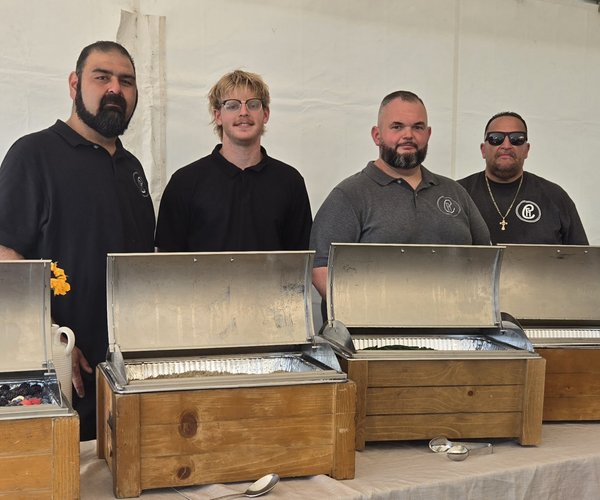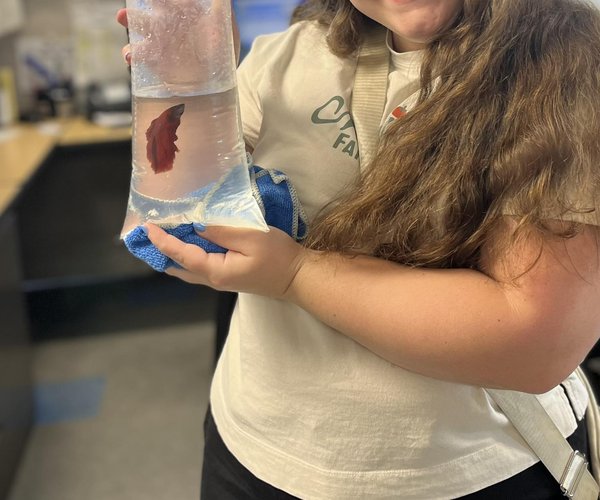As a country that sold $395 billion in agricultural products in 2012, the agriculture industry is an integral part of America’s identity. But with the average age of the American farmer at 58 years old, the United States Department of Agriculture deputy secretary Krysta Harden is anticipating a shift from the old guard to the new and thus spearheading a national conversation on the future of agriculture in the U.S.
“Someone entering agriculture today probably needs a lot of different things than my dad did in 1960,” said Harden, who held an online seminar through Google last month to highlight the USDA’s commitment to new farmers to build the new generation of agriculture.
A clear difference between traditional farming methods and up and coming trends is the inclusion of technology into the agriculture industry. Many local students involved in agriculture, often through the Future Farmers of America organization, are familiar with the difficulties of straddling the fence between technology and traditional farming practices. FFA standout and 17-year-old senior at Turlock High School, Trey Smith, has witnessed the influence that technology has had at his own family’s beef cattle ranch.
“My mom is super technologically advanced and she found this iPad app that lets you track your cattle like when they are due to give birth or in heat, for example,” said Smith. “My dad is not really into it because he likes the method of ear tagging the cattle upon birth like he has always done and that is traditional. That’s what he is used to.”
While sleek technology and the dirt fields of farms may seem initially incongruous, farmers are finding ways to benefit from the one necessary common denominator: information. For instance, the California Dry Bean Advisory Board recently published a newsletter which provides a list of 11 phone applications that farmers can download to help with everything from measuring the maturity of crops to providing the accurate mixing sequences for crop protection products. The accessibility of information has not only provided instant information for farmers, but it has provided a forum for them to connect across the globe with their common interest of bettering the industry.
“Through the internet I can have contact with farmers across the world and really created that peer group,” said Ray Prock, Jr., a local dairyman in Denair who has over 15,000 followers on Twitter. “Because of the internet there are more ideas out there in a shorter amount of time.”
However, the increase in information sharing has done more than connect and inform farmers as it has also created a dialogue between the farmer and the consumer. As consumers have become more educated about their food choices, the industry is becoming increasing transparent since consumers want to know not only where their food is from but the farming practices used as well as the environmental affects among others.
“Technology has an effect on the industry because we as farmers can get more information and in turn make better decisions. We hold the same values that we always have, but we do things a little differently than he have before,” said Prock.









